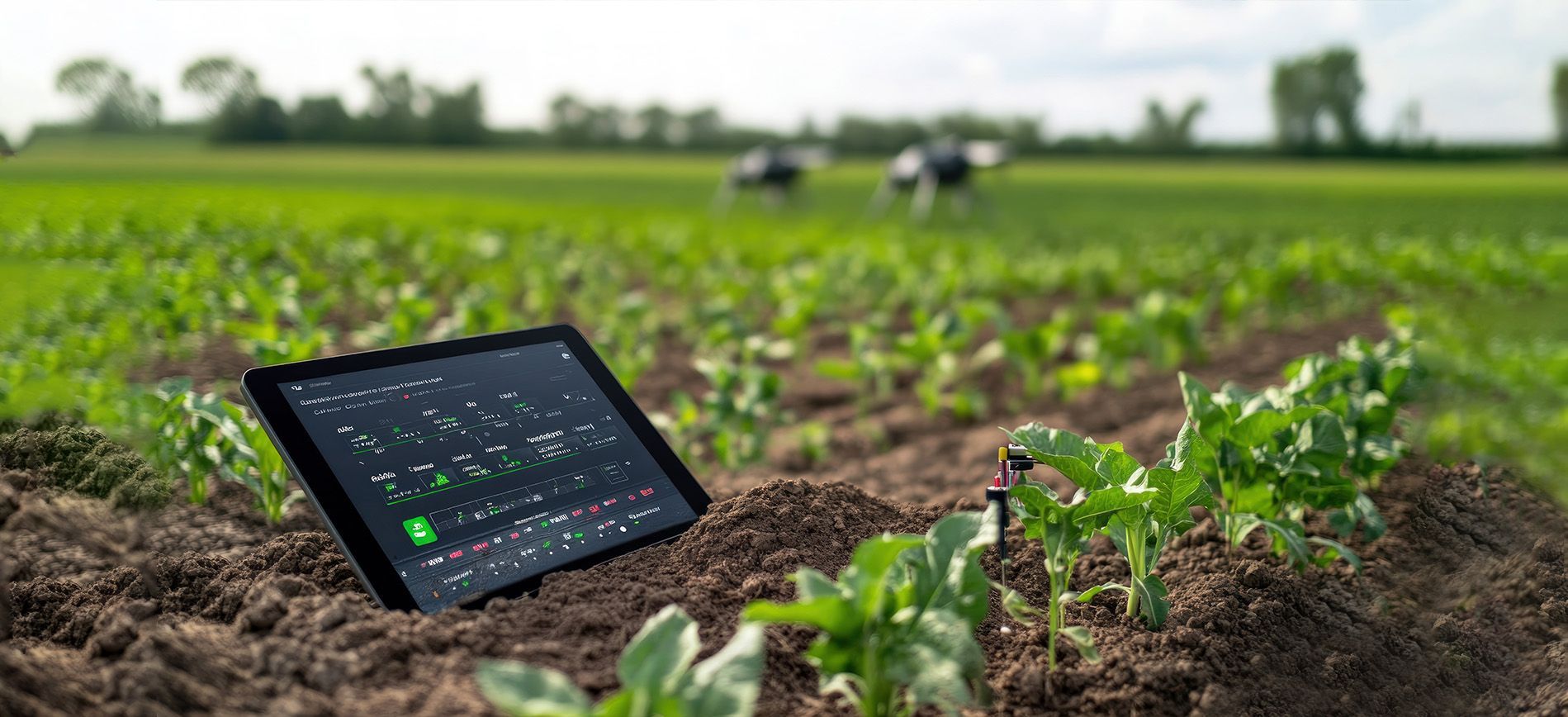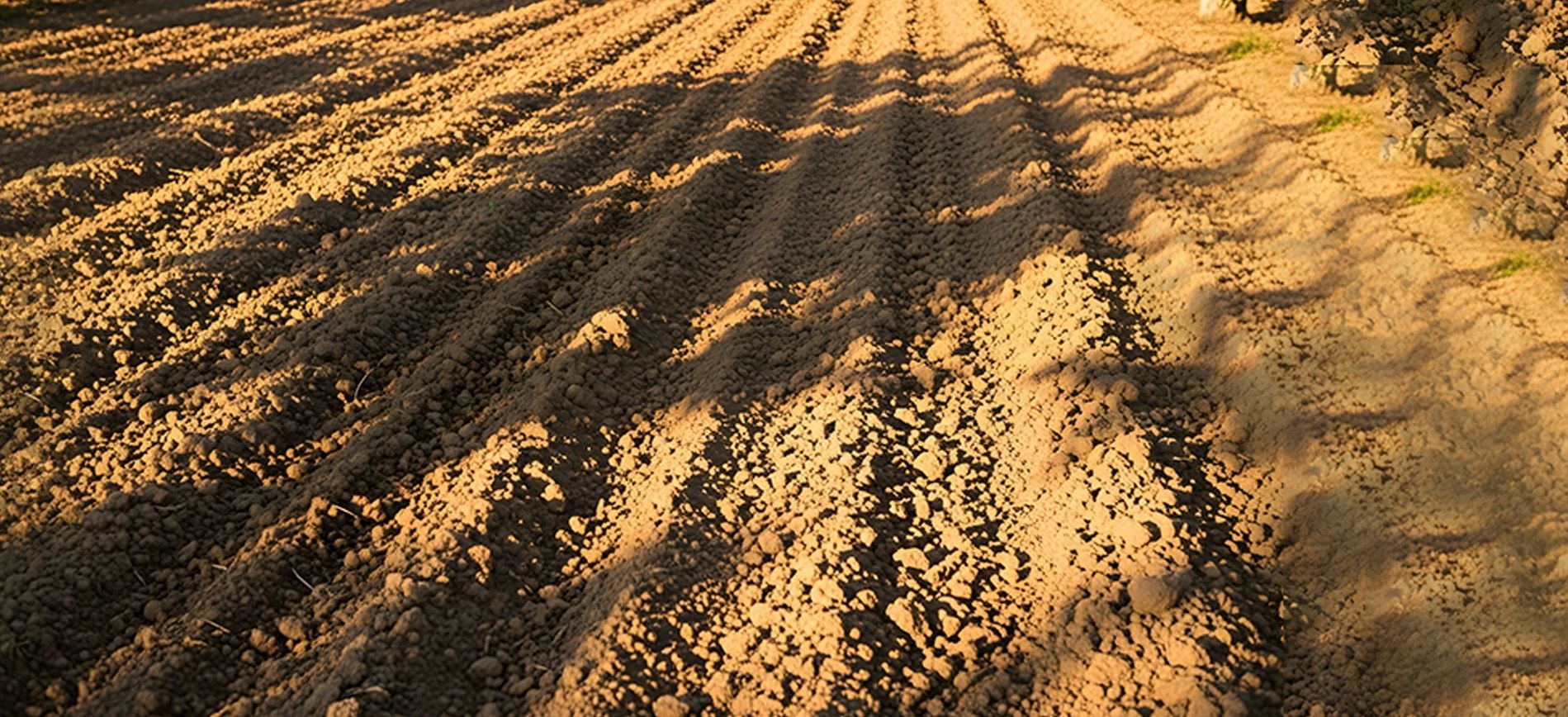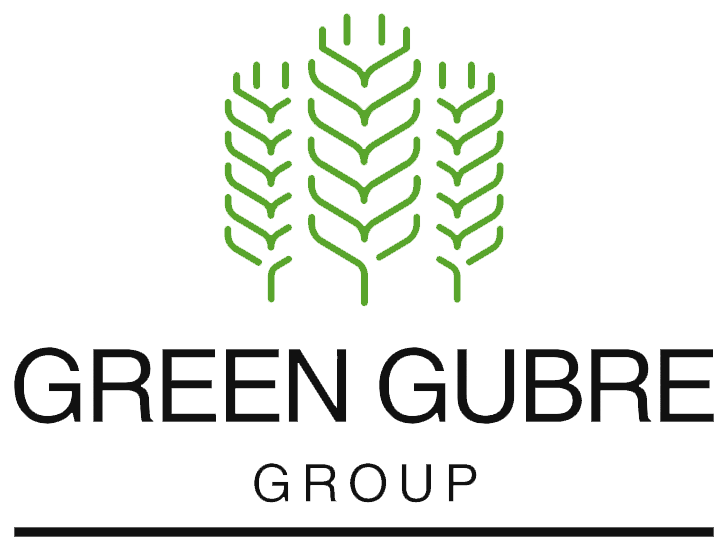Southeast Asia’s Fertilizer Landscape in 2025 – Securing Food Through Innovation and Access
Southeast Asia’s Fertilizer Landscape in 2025
Securing Food Through Innovation and Access
Southeast Asia is a region of contrasts—home to traditional farming communities and high-tech agricultural enterprises. With over 685 million people and a growing urban population, the demand for food security is rising sharply. Countries like Vietnam, Indonesia, Thailand, the Philippines, and Malaysia are under increasing pressure to produce more with less, pushing the fertilizer sector to evolve rapidly.
In 2025, the spotlight is on granular and prilled urea, NPK fertilizers, and emerging enhanced efficiency solutions to improve crop yields, conserve resources, and adapt to changing climate patterns. This blog explores the demand dynamics, policy frameworks, and scientific advancements shaping fertilizer use across Southeast Asia.

Agricultural Backbone & Fertilizer Needs
Southeast Asia’s agricultural sector accounts for a significant portion of GDP and employment in most countries. Major crops such as rice, corn, palm oil, sugarcane, rubber, and coffee dominate regional production.
Key Fertilizer Demands:
| Country | Key Crops | Fertilizers in Demand |
|---|---|---|
| Vietnam | Rice, Coffee | NPK 16-16-8, Prilled Urea |
| Indonesia | Rice, Palm Oil | Granular Urea, NPK 15-15-15 |
| Thailand | Sugarcane, Rice | Urea, Ammonium Sulfate |
| Philippines | Corn, Banana | NPK, Ammonium Nitrate |
| Malaysia | Oil Palm | Urea, Potash, Custom NPK |
Fertilizer Trade & Supply Challenges
As domestic fertilizer production remains limited, Southeast Asia imports much of its fertilizers from China, the Middle East, Iran, and Russia. However, the region faces several challenges:
- Freight delays and high CIF prices due to volatile fuel markets
- China’s export restrictions, particularly on phosphate-based fertilizers
- Port congestion in countries like Indonesia and the Philippines
- Currency fluctuations, affecting fertilizer affordability
Despite these challenges, the region’s import demand remains strong due to growing consumption and government support.
Fertilizer Innovation at the Edge of Science
In 2025, Southeast Asia is also becoming a testbed for fertilizer innovation:
- Enhanced Efficiency Fertilizers (EEFs): Vietnam and Malaysia are piloting slow-release urea to minimize leaching and nitrogen loss in paddy soils.
- Biofertilizers & Organic Blends: Indonesia’s government has launched programs to replace 25% of chemical fertilizers with organic alternatives by 2030.
- Drone-based nutrient application is expanding in Thailand and Vietnam, improving fertilizer use efficiency and reducing labor.
- Climate-smart fertilizer recommendations using AI and soil sensors are being tested in rice-growing belts.
Example: Vietnam’s “Smart Rice” initiative is deploying
sensor-aided fertilizer scheduling to optimize nitrogen application across key rice-producing provinces.
Policy Support & Subsidy Programs
Governments across Southeast Asia continue to back farmers with fertilizer subsidy schemes and infrastructure development:
- Indonesia’s e-voucher system ensures farmers are given transparent fertilizer distribution.
- Thailand’s Green Agriculture Plan promotes low-emission fertilizer use.
- Vietnam’s public-private partnerships focus on innovative fertilizer distribution in the Mekong Delta.
- The Philippines’ National Rice Program allocates annual budgets for urea and NPK import subsidies.
These efforts aim to
stabilize market prices, improve
nutrient application efficiency, and
protect smallholder incomes.
Outlook: Growing Demand and Digital Integration
Southeast Asia’s fertilizer market is expected to grow at 4–5% annually through 2028, led by:
- Expanding food demand due to rising incomes and urbanization
- Intensification of farming in limited arable land
- Stronger international collaboration with fertilizer producers and R&D institutions
- Transition to
sustainable and precision-based farming practices
Southeast Asia is poised to be a significant growth driver for climate-aligned fertilizer trade. The region's commitment to sustainable agriculture offers substantial opportunities for exporters who provide CBAM-compliant, eco-certified, and regionally customized fertilizers. This potential growth in climate-aligned fertilizer trade further underscores the region's future role in driving sustainable agriculture.




